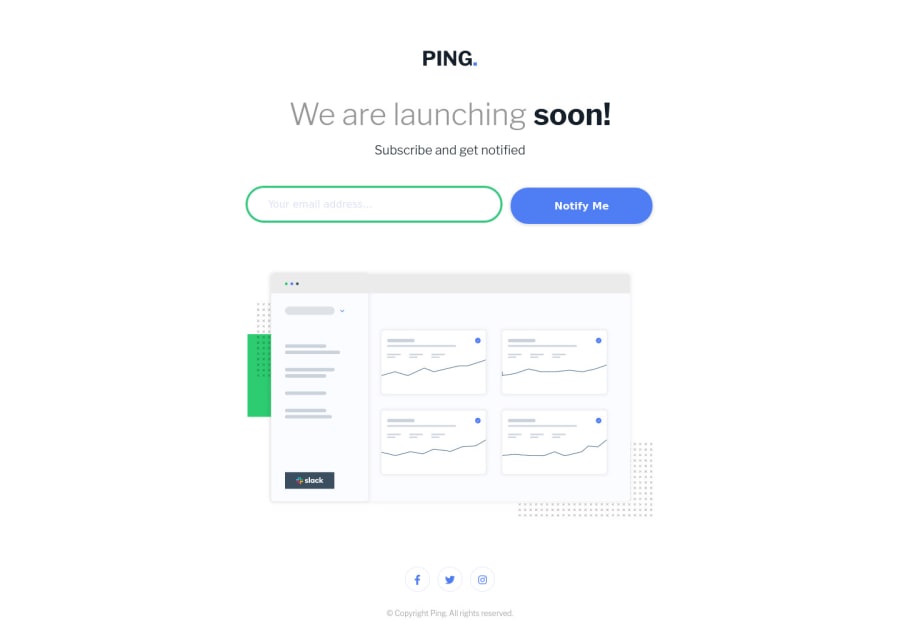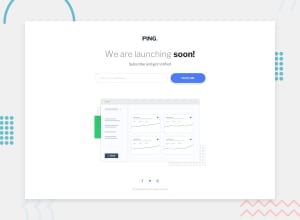
PING Coming Soon Page: Did I make it responsive and accessible enough?
Design comparison
Solution retrospective
Hello everyone! 👋
I love doing all these challenges and finished another one, it's my ninth one! 🎉
I have been self-learing HTML and CSS since May 2021 and I want to become a developer, so any constructive criticism is very welcome. 😊
❓️ Specific Questions ❓️
-
I wanted to make this one as responsive as possible. I think I managed to do that, but please give me tips on how to improve or point out things where I did a good job.
-
I tried to take accessibility into account when making this page. I have no experience with it, so please tell me what I did right and where I can improve.
Thank you very much for any support you can give me. I love all the small tips and tricks the community gives me. 🙏
Have a nice day! 🙋♂️
Community feedback
Please log in to post a comment
Log in with GitHubJoin our Discord community
Join thousands of Frontend Mentor community members taking the challenges, sharing resources, helping each other, and chatting about all things front-end!
Join our Discord
